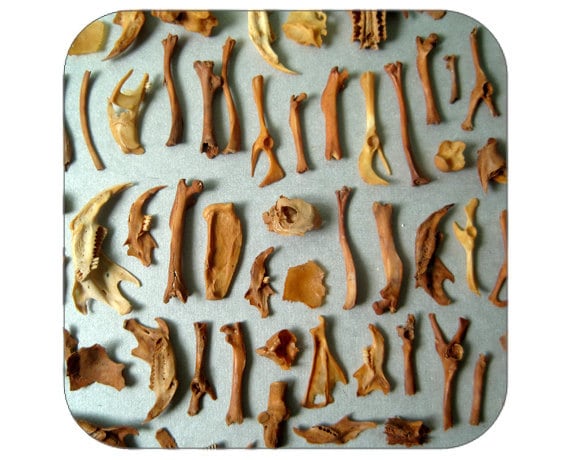

Most of them represent hybodonts ( Acrodus, Hybodus, Lissodus and Palaeobates). Numerous and well-preserved shark teeth were also found. In the sediments, fish skeletal fragments dominate over other types, which are mostly represented by: actinopterygian fish skeletal parts (mainly Colobodus, Saurichthys, Gyrolepis), primarily ganoid scales, different teeth, and bone fragments. All vertebrate remnants are distributed in the yellow dolomitic conglomerates and dolomites. The large accumulation of Triassic vertebrate debris bone beds in the region south of Kalety, Tarnogórski District, Upper Silesia, Poland was recently discovered. Moreover, correlation between some elements/ions (e.g., Sr, Ba, Ca, Mg, F, OH) can be helpful for the identification of the fossil type, especially if the bones are small and incomplete. The X-ray diffraction data, particularly cell parameters “a” and “c”, can determine the degree of crystallinity and/or diagenesis. The chemical behavior of bioapatite, from deposition to digenesis, shows its useful role for identification of the formation process and potential, younger changes (e.g., hydrothermal overprint). Selective diagenetic substitution and adsorption of some elements by apatite crystals can allow recognition of the genetic origin of highly damaged or transported fragments scattered in the sedimentary layers. Decreasing P, Ca, Sr in the composition of the apatite which forms successive zones, is visible from the most external to the central part. In tooth cross-sections, three or two zones are preserved: (I) the outermost zone, associated with diagenetic mineralization of enameloid apatite, (II) a intermediate zone (orthodentine), and (III) the most porous internal zone (osteodentine). Most vertebrate teeth as well as some bone fragments show zoning in the BSE imaging. The SEM-EDS, EMP-WDS, and XRD analyses confirm that the examined remains consist of hydroxylapatite containing carbonate ions. The taxonomic diversity and accumulation of vertebrate debris in the dolomite are similar to other “bone beds” from the Muschelkalk and the Lower Keuper units. Despite the influence of hydrothermal processes leading to dolomitization and Zn-Pb deposit formation, the preservation of fossil remains is good.

The new exposure of the Upper Muschelkalk clays and dolomites located south of Kalety (Tarnogórski District, Silesia, Poland) provided numerous remains of vertebrates represented by teeth, scales, long bones, and coprolites.


 0 kommentar(er)
0 kommentar(er)
